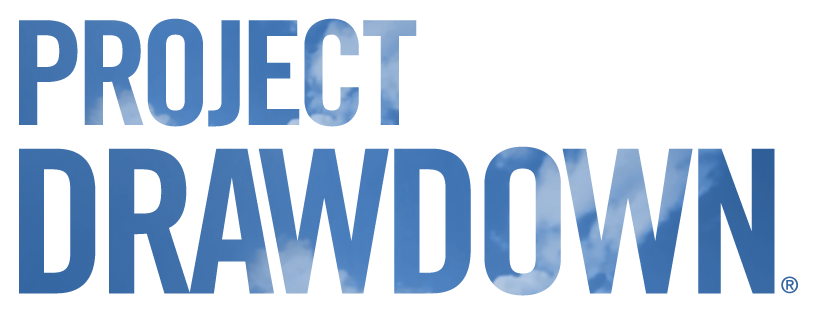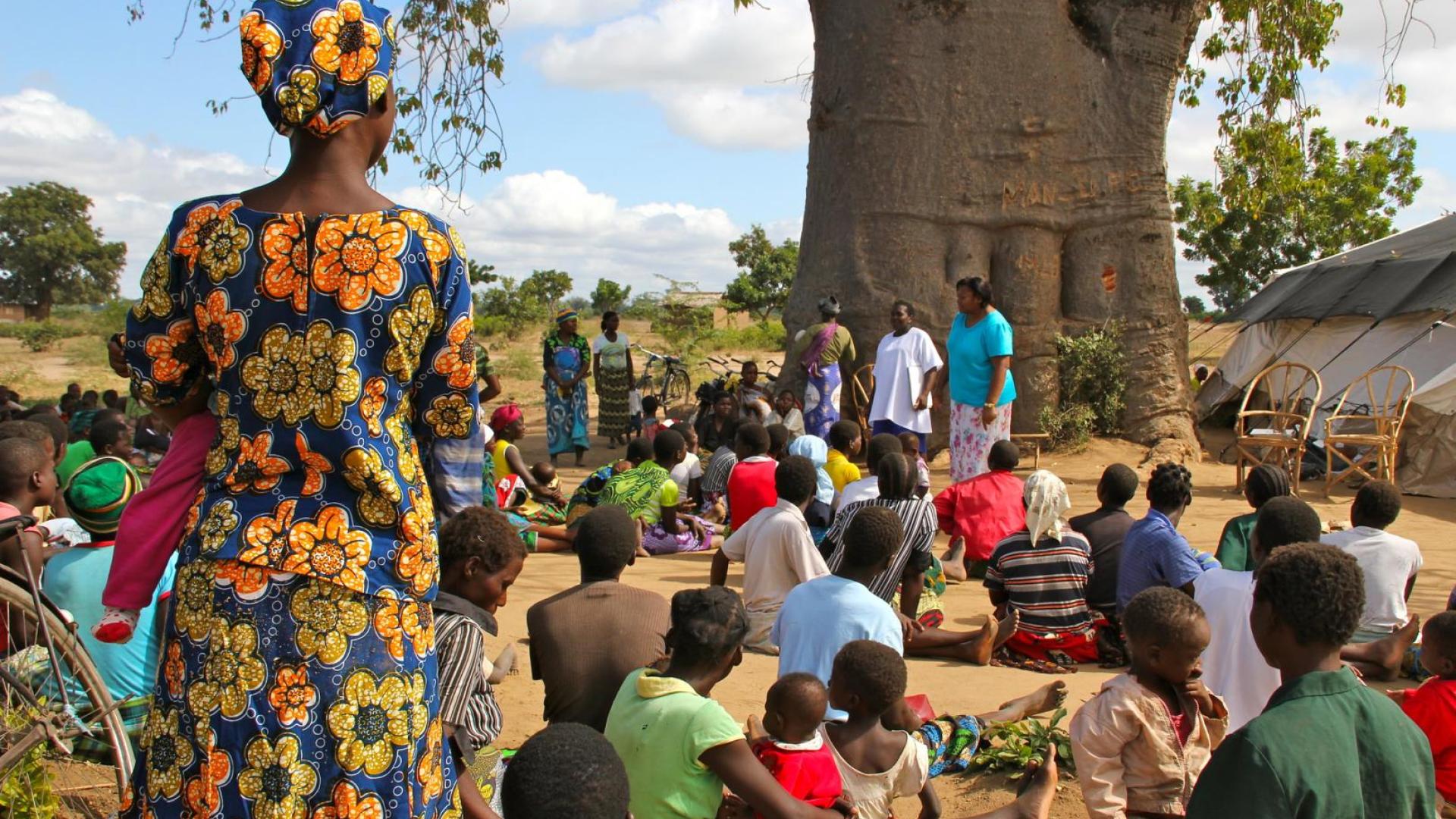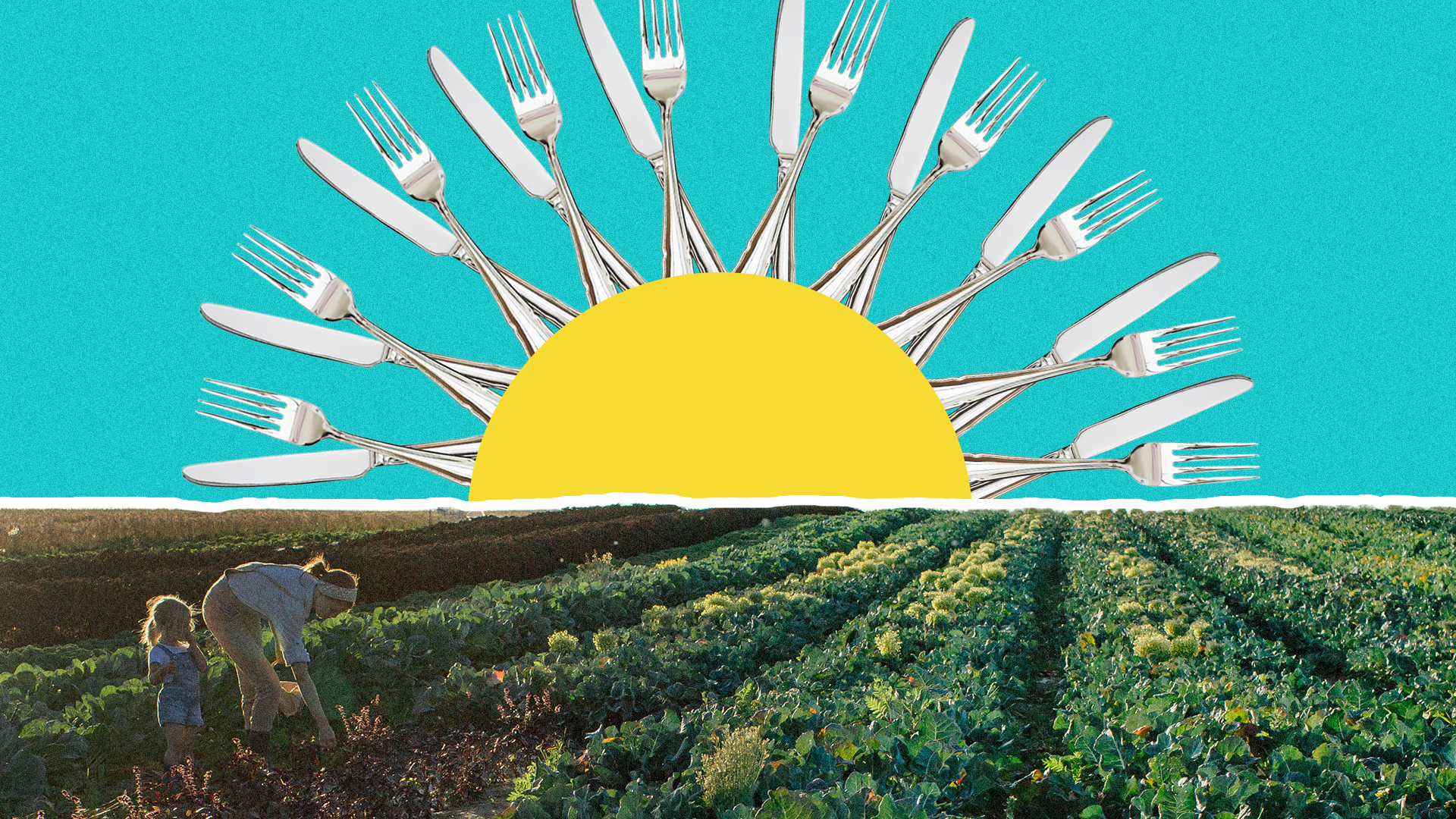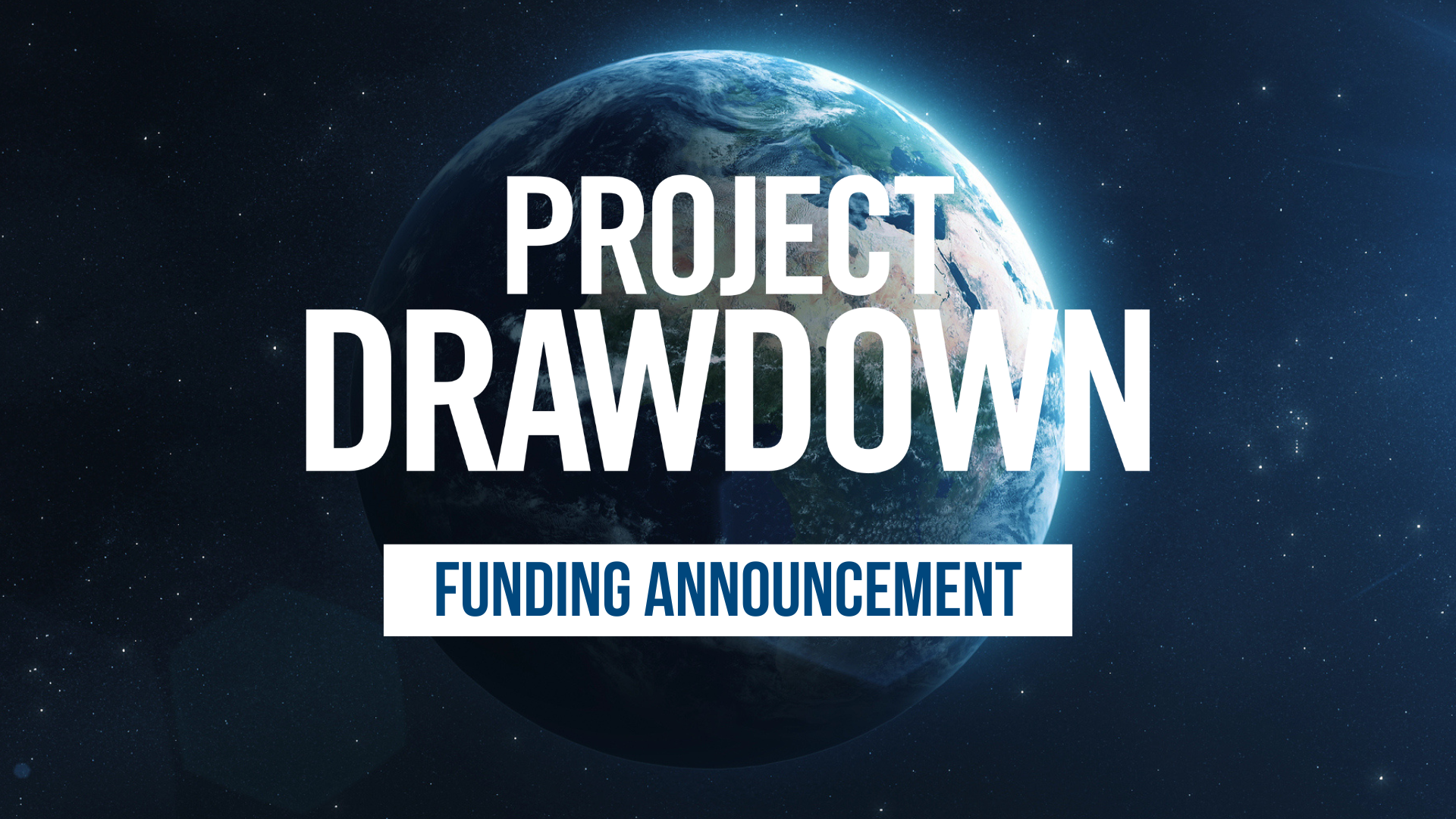Globally, public and private financing tend to focus on either climate action or improving human well-being—defined as people’s ability to access fundamental social, cultural, economic and natural/environmental resources critical for sustaining a decent living standard and living a life they value. However, addressing climate change without attention to human well-being threatens to cut back on years of development progress because of the impacts climate change has on human well-being.
Those of us working to advance sustainable development are witnessing firsthand how rising temperatures, drought, flooding and extreme weather are rapidly rewinding hard-won progress in poverty eradication, human development and gender equality.
For instance, heat waves and dry spells in Bangladesh are threatening natural resource–based rural livelihoods and creating economic insecurity, which can contribute to increased rates of child, early, and forced marriage and unions, speeding girls’ transitions to adulthood and ending their formal education.
And In Malawi, where most people experience poverty and nearly one-third experience extreme poverty, climate change has exacerbated poverty, particularly for women, in recent decades as increasing temperatures and intense rain lead to both drought and flooding. Combined, these have resulted in shorter growing seasons, poor crop yields, food shortages, hunger and the spread of waterborne diseases. In addition, increasingly devastating seasonal flash floods disrupt learning for students as classrooms are used as shelters for displaced people. And intensified climate hazards often exacerbate child labor, especially for children from under-resourced families.
We know that there are many readily available and financially viable technologies and practices that offer proven, substantial benefits not only for climate but also for livelihoods, health, food security, education, gender equality, and energy. Funders, philanthropies and decision-makers can help to ensure a brighter future for people and the planet by directing more financing to fund climate solutions that can also be transformational in alleviating poverty and increasing resilience, especially in frontline, climate-vulnerable countries and communities that have contributed the least to the climate crisis while being impacted the most.




